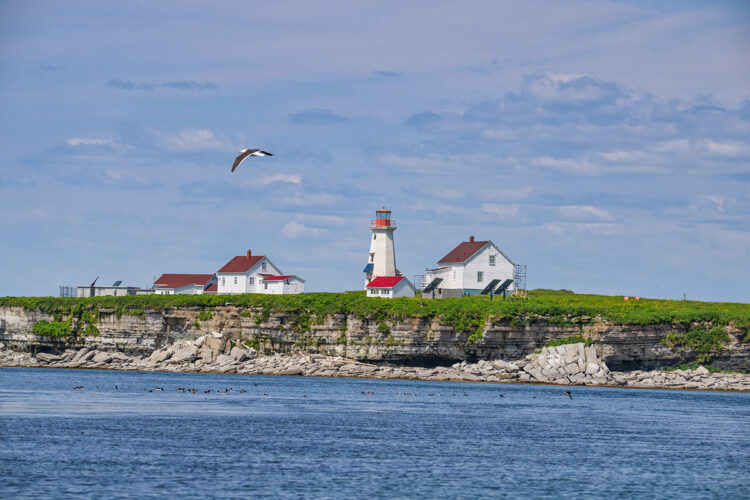
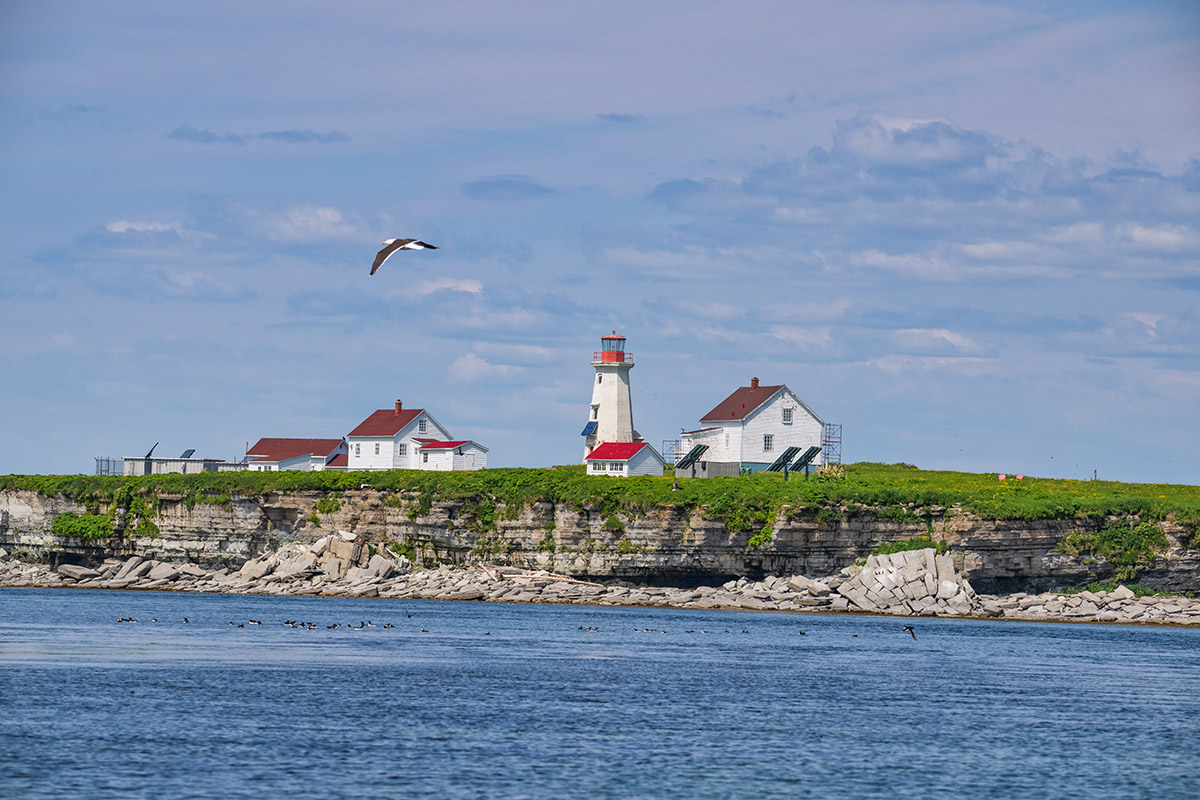
As we approached Île aux Perroquets (Parrot Island), we were first struck by its tiny size, just 350 metres long and 100 metres wide. But as the saying goes, the best things often come in small packages.
Mingan Archipelago National Park Reserve
Île aux Perroquets marks the western edge of the group of islands that make up Mingan Archipelago National Park Reserve. Consisting of around a thousand islands spread over a 150-kilometre stretch just off the north shore of the St. Lawrence River in eastern Quebec, the park protects a treasure trove of varied habitats from boreal forest to salt marshes, barren lands, and wildlife-rich waters with whales and seabirds. The rugged coastlines boast the largest concentration of erosion monoliths in Canada (which will be the subject of a future posting).
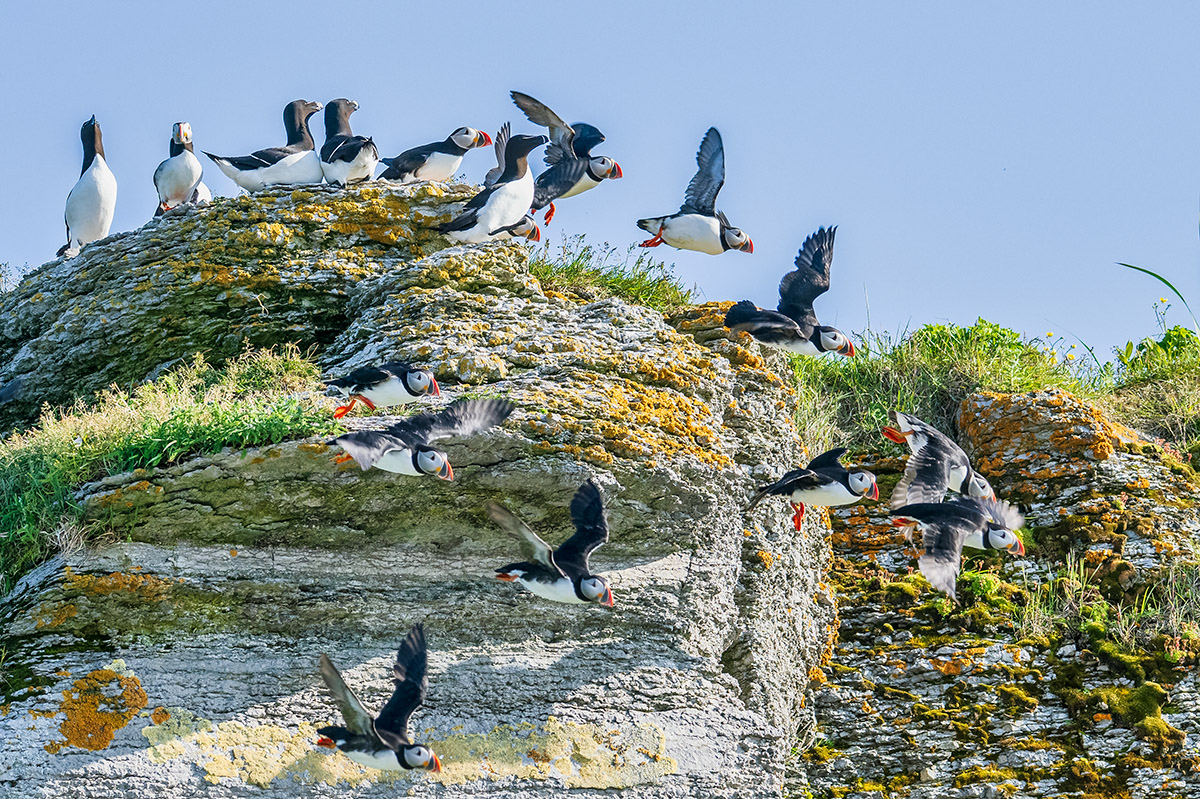
Why Île aux Perroquets is unique
Île aux Perroquets stands out as the most unusual island. Unlike others, which are often heavily forested, this speck of rocky land hasn’t a tree in sight. Limestone cliffs surround the island, except for the eastern tip, where boats can land. Splashes of colour come from the profusion of yellow flowers called golden buttons on top and the white and red historic lighthouse and adjoining buildings.
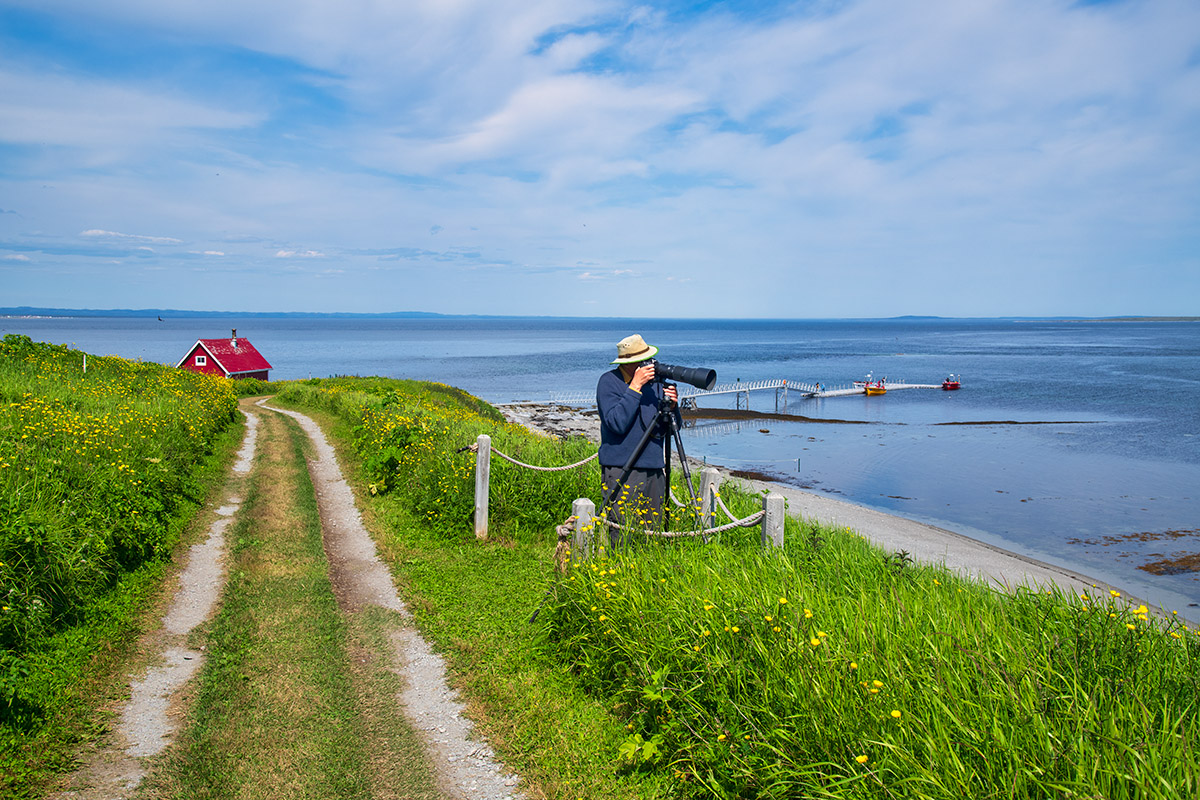
The main reason for coming here, besides the chance to stay in an isolated island lighthouse, is the abundance of seabirds, especially the adorable and wildly colourful Atlantic puffins, which nest on the cliffs. Their often comical behaviour has earned them nicknames such as “clowns of the sea” or “sea parrots” (or perroquets in French), hence the name of the island.
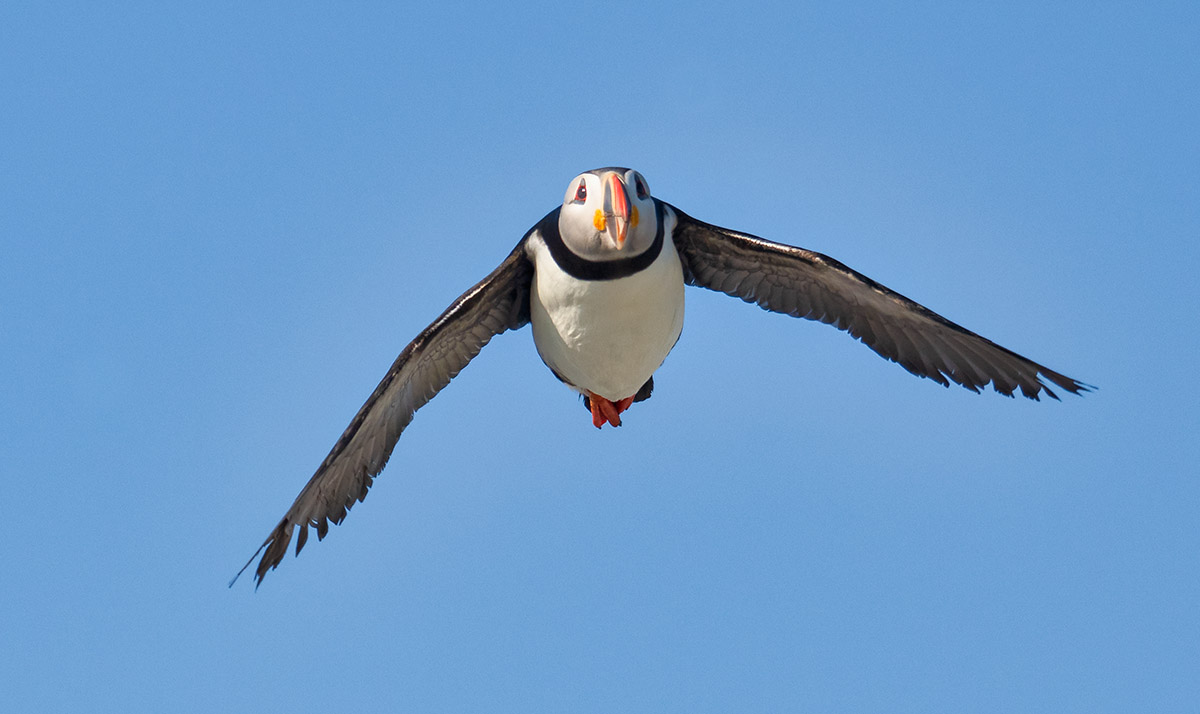
The island is one of few places in North America to see puffins. It is especially rare to be able to watch them while being on land rather than from a boat. We had phenomenal opportunities to watch and photograph puffins, often at fairly close quarters. Parts of the cliffs and shorelines are roped off to visitors, but these areas are still easily visible from other parts of the stony beach.
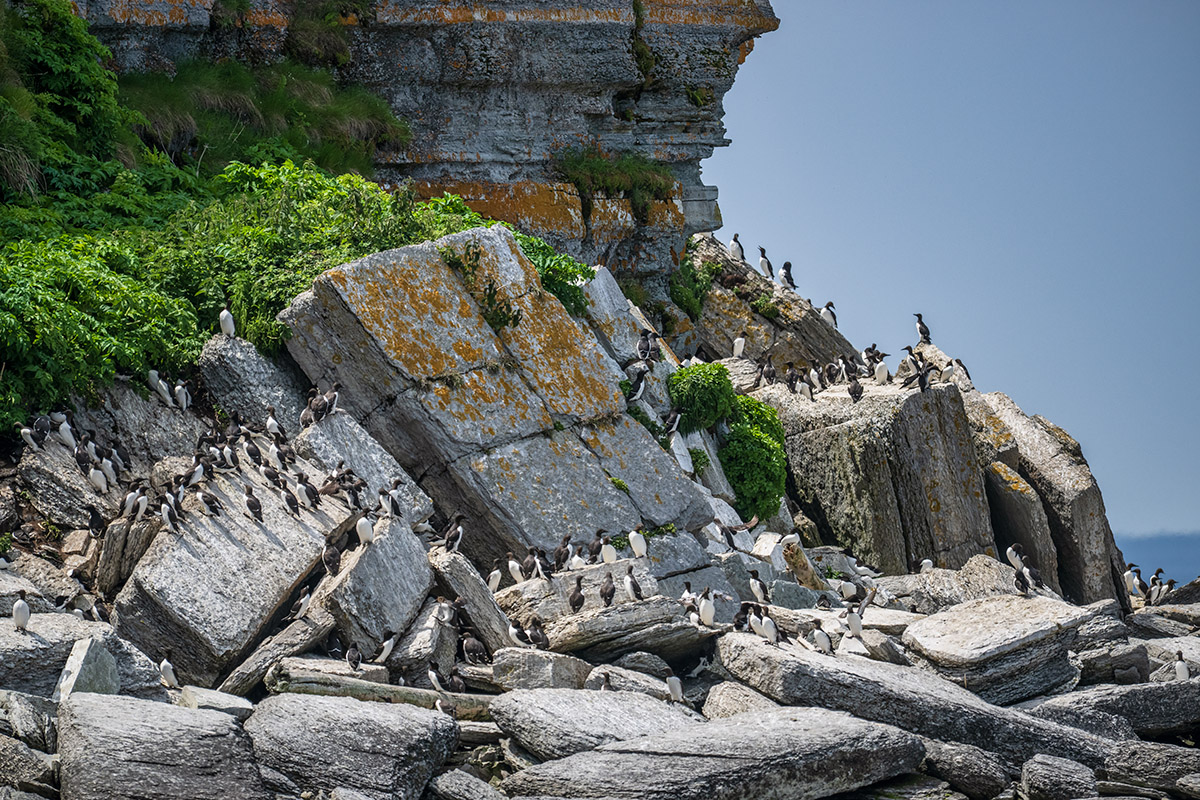
The photographic experience
The best part of staying overnight on the island? We have access throughout the day and into the evening when the light is best for photography. The main cliffs where the birds tend to hang out face northwest, where a warm low light washes over them in the evening and again first thing in the morning.
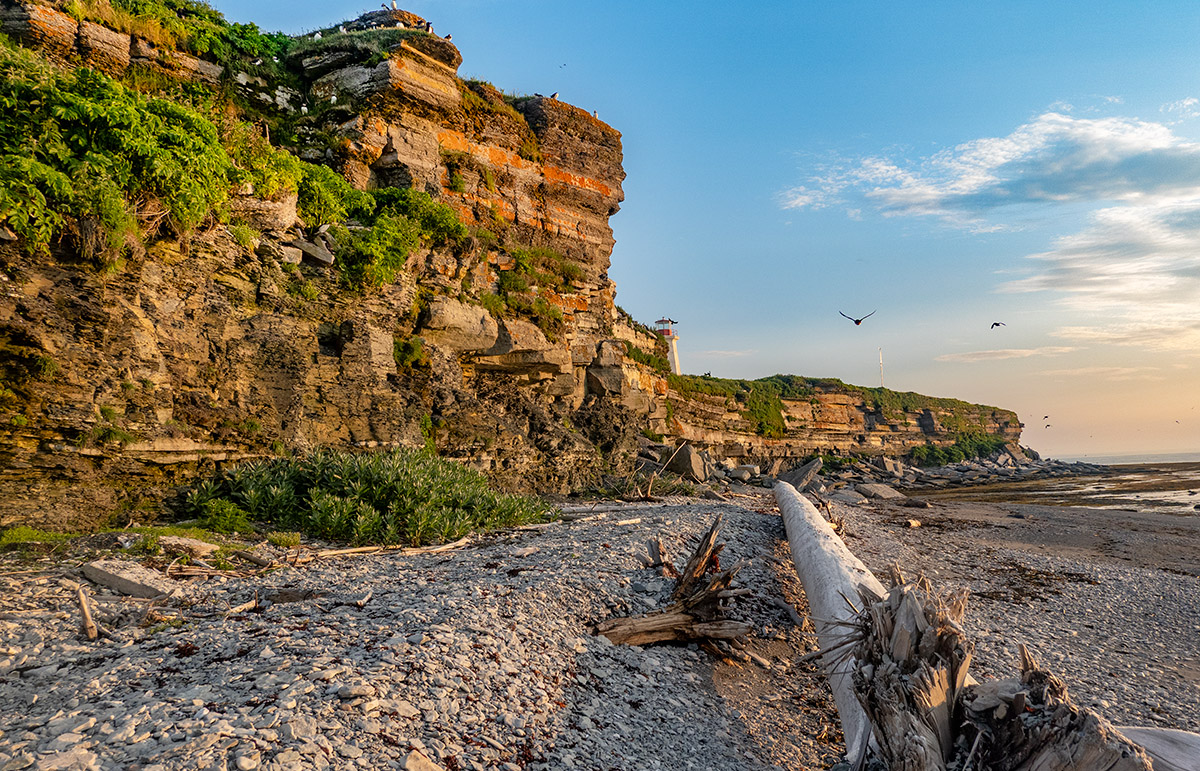
Puffins look rather awkward on land as they waddle around. Their small wings flap like crazy when flying, and getting airborne while on the water looks like quite a chore. But once underwater, the awkwardness is gone. They are more like fish, being able to reach speeds of 60 kilometres per hour.
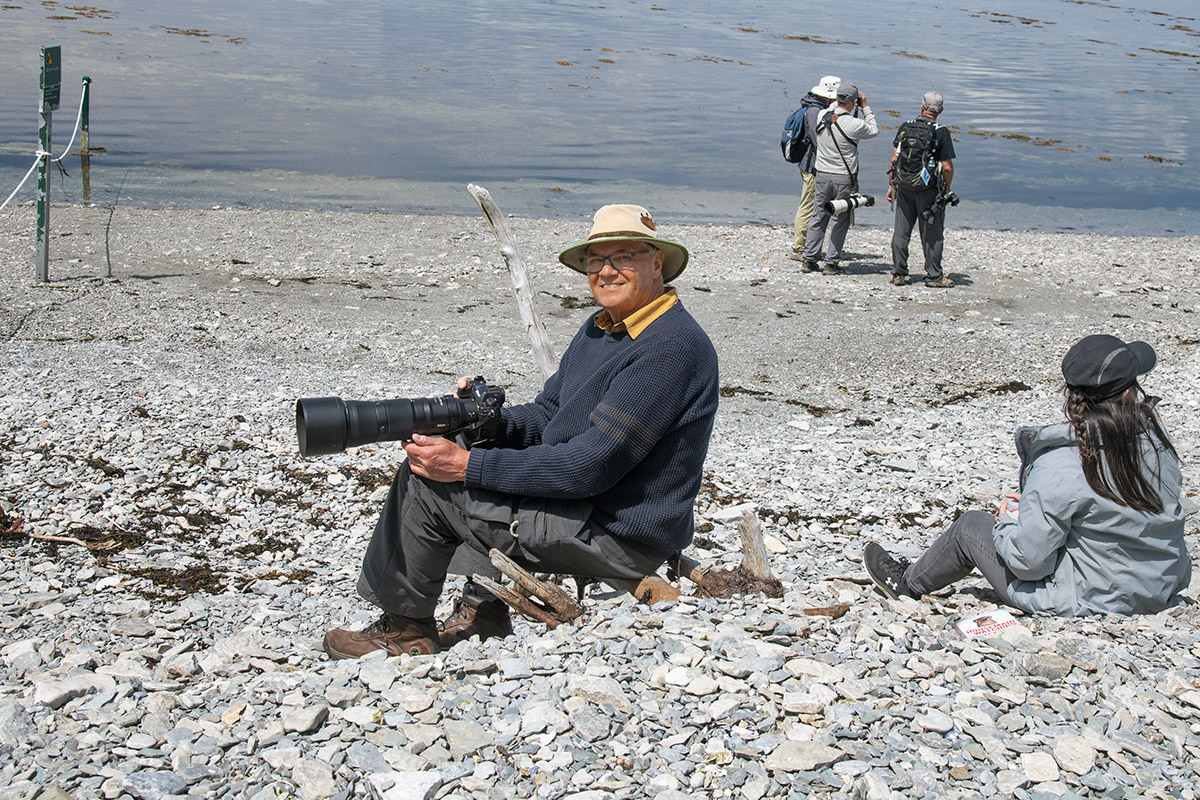
While it’s the puffins that steal the show, the island hosts a variety of other species. Most obvious is the huge number of razorbills, those striking black and white birds with thin white lines on their faces and bills. A relative of the puffins (both are part of the Alcidae family), razorbills frequently share the same general spaces as puffins.
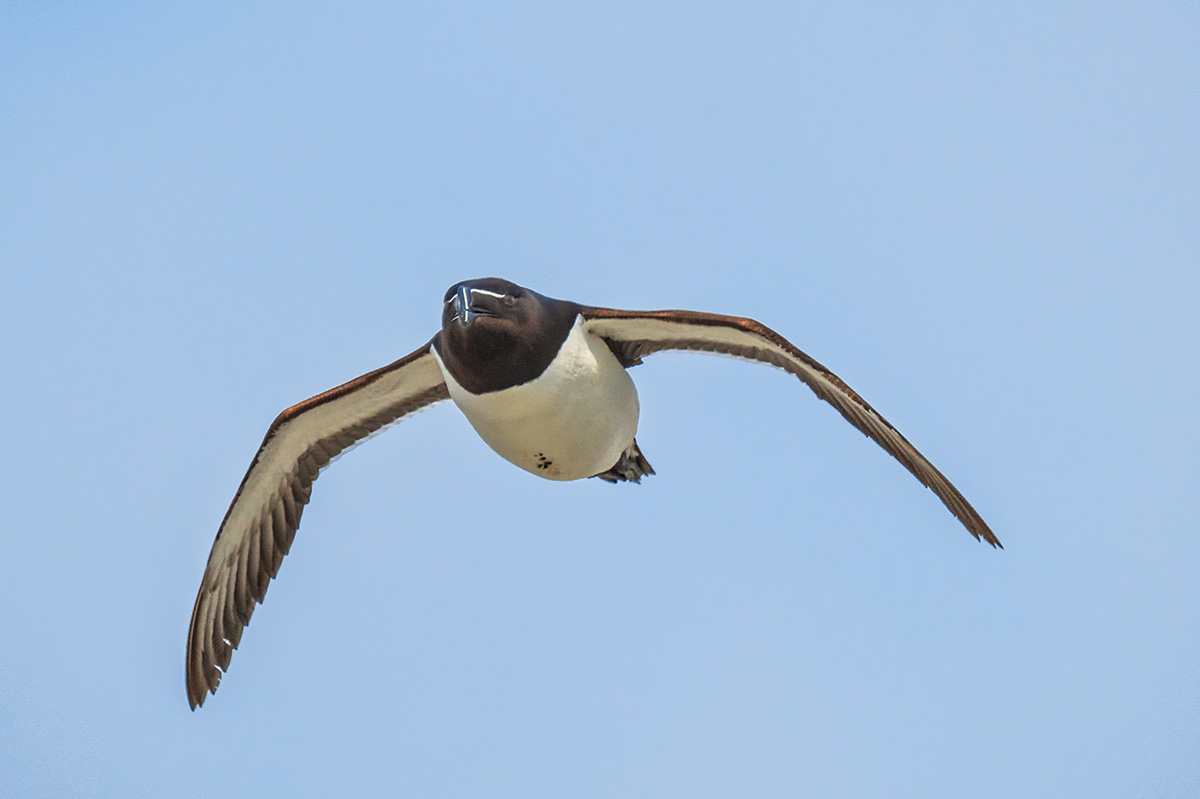
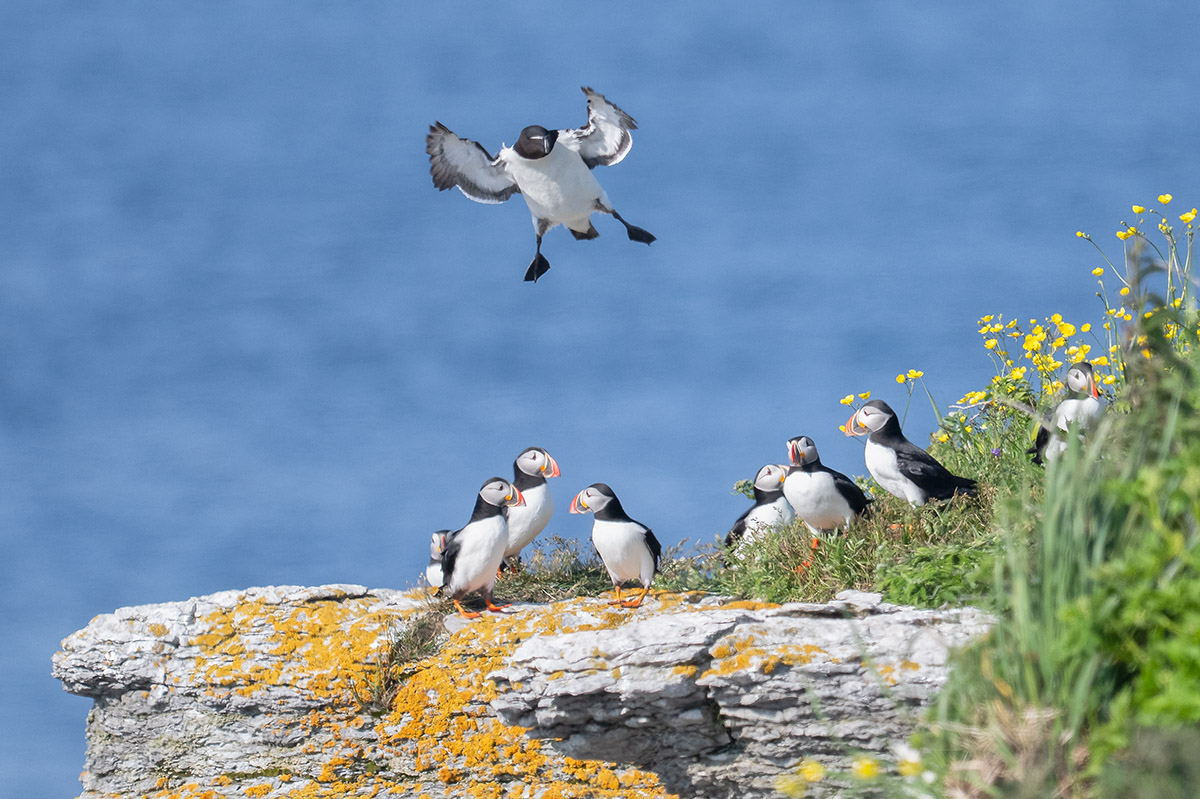
Black guillemots, common murres, black-legged kittiwakes, common eiders, terns, cormorants, and various gulls also frequent the island. We were also intrigued by great black-backed gulls, the world’s largest gull, which has an innovative way of feeding. When it picks up a shellfish that is difficult to open, it flies over the rocks and drops it to crack it open.

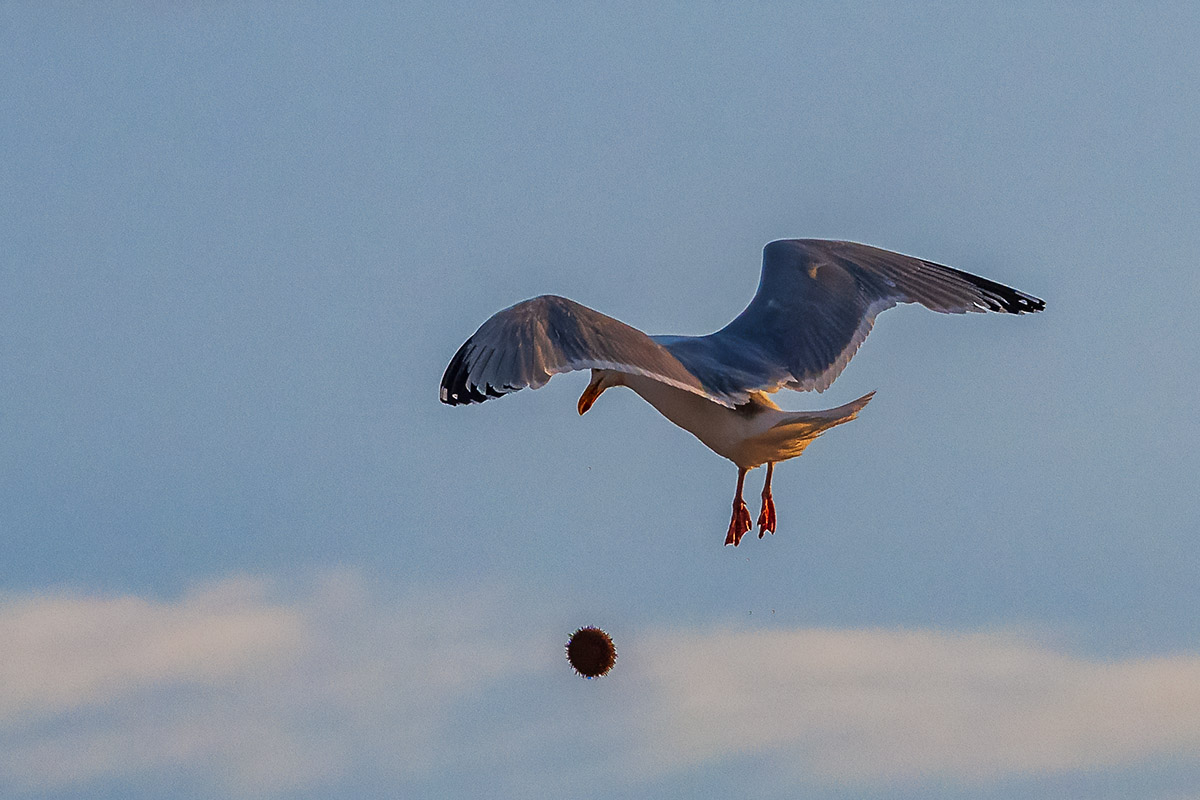
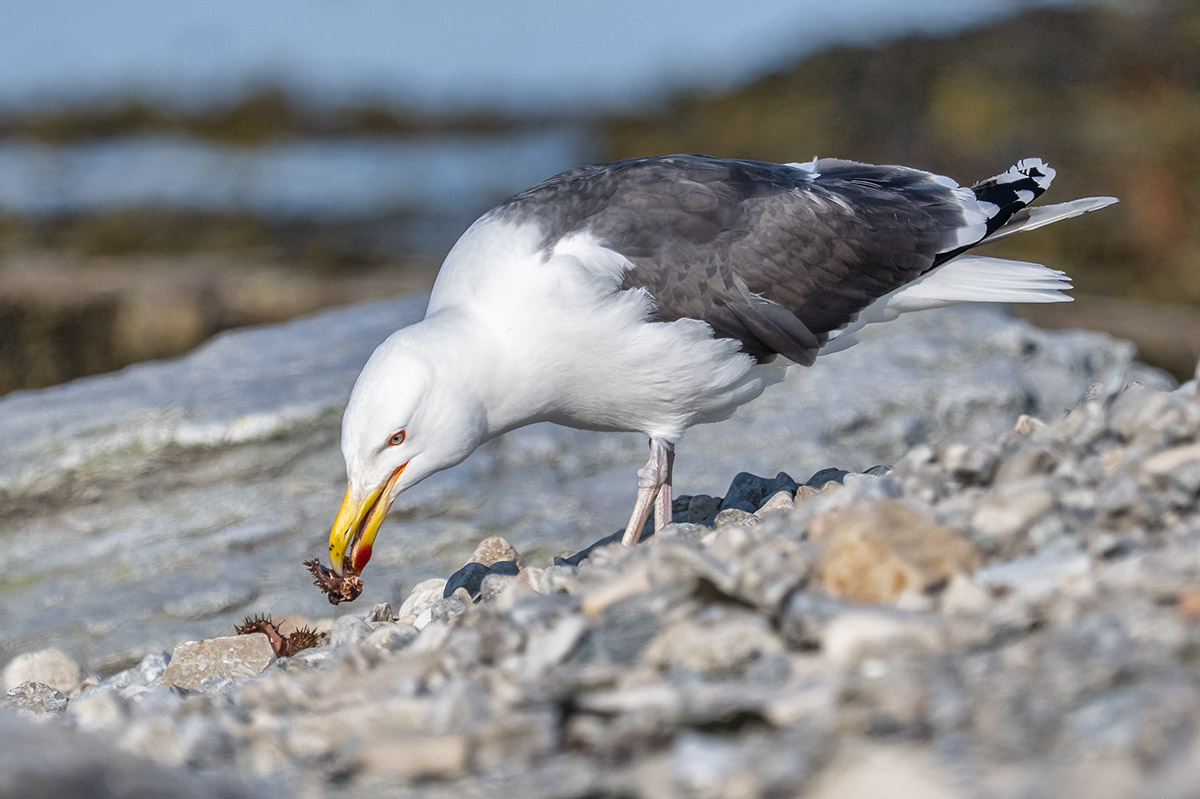
Besides photographing puffins and razorbills on the cliffs, this was an excellent place to capture shots of flying birds. They would leave the cliff and fly out to sea, then return by flying right over us. The rocky beach proved to be an excellent vantage point to photograph the returning birds.
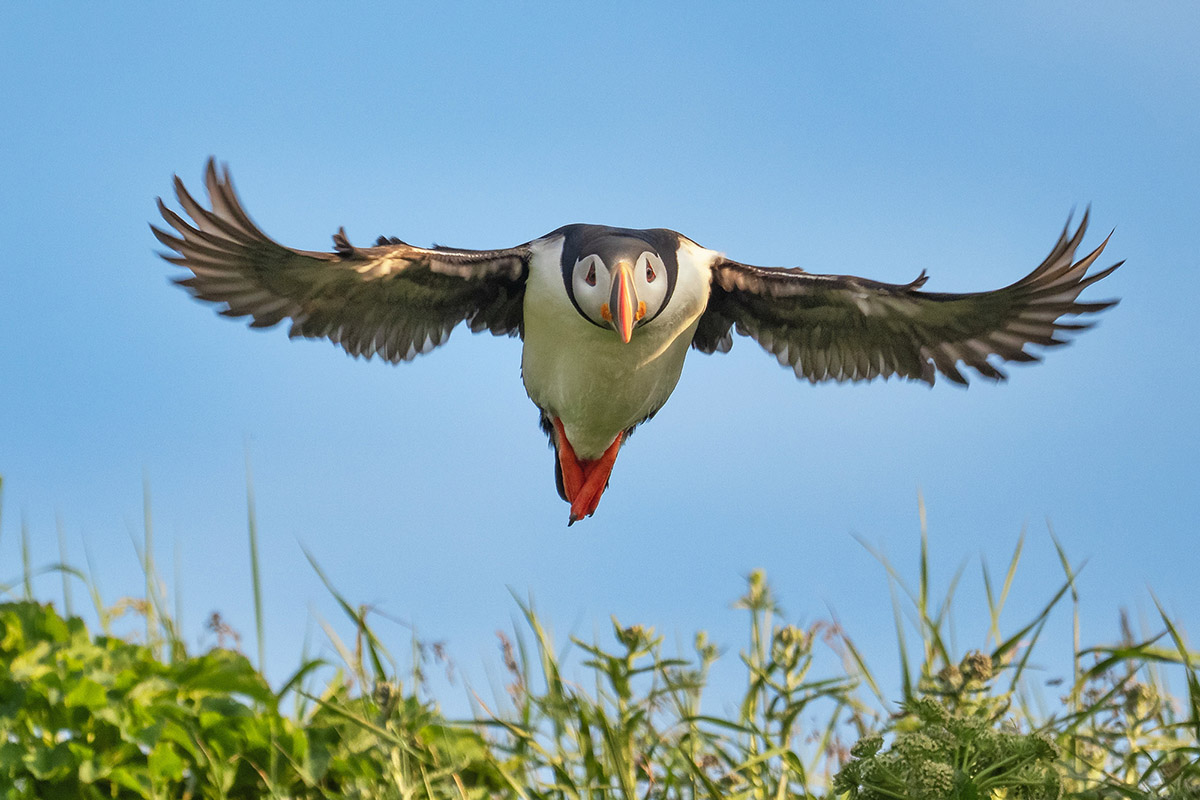
We used a 180-600 mm lens for most of the bird shots. 600 mm provided the reach to photograph some of the farther-away spots on the cliffs or for close-up portraits. It was also handy to zoom in to a shorter focal length for clusters of birds, or for some of the flying shots where they came so close as to fill the frame.
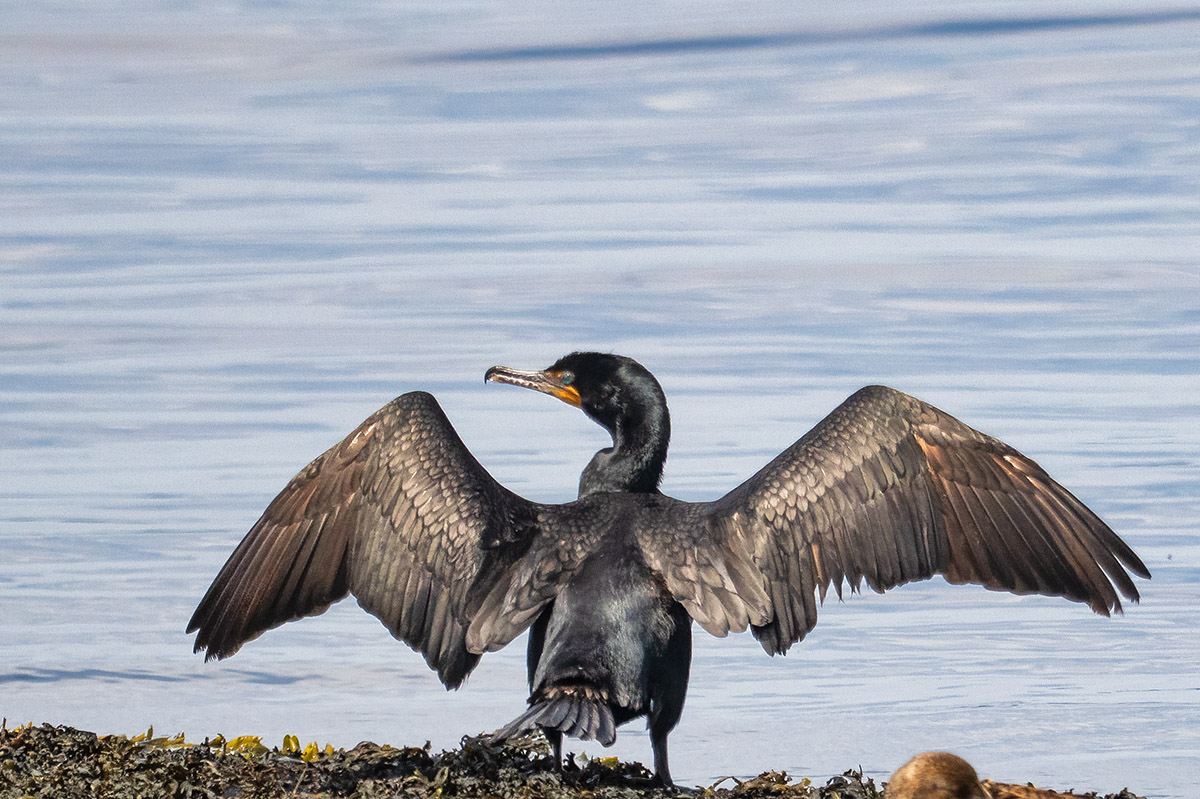
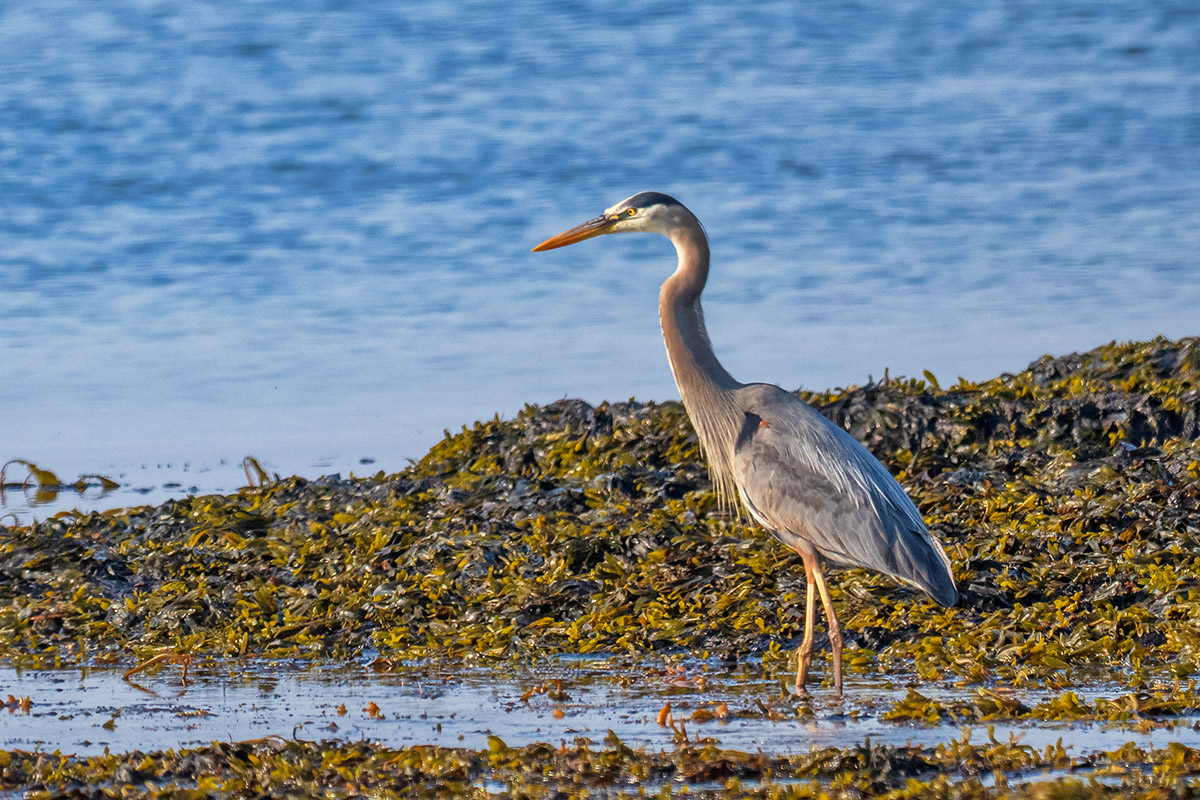
We used a 28-120 mm lens for general shots of the landscapes and a 17 mm lens for night shots of the lighthouse. It was full moon during our stay, with the moon rising to the southeast. To get the moon and lighthouse in the same shot, it was necessary to be almost right next to the lighthouse on the narrow island. An ultra-wide 17 mm lens made this possible, but as a result, the moon looks quite small in the frame. For a discussion on how the size of the moon is affected by the focal length of your lens and distance from your subject, see this posting on How to Photograph a Big Moon.
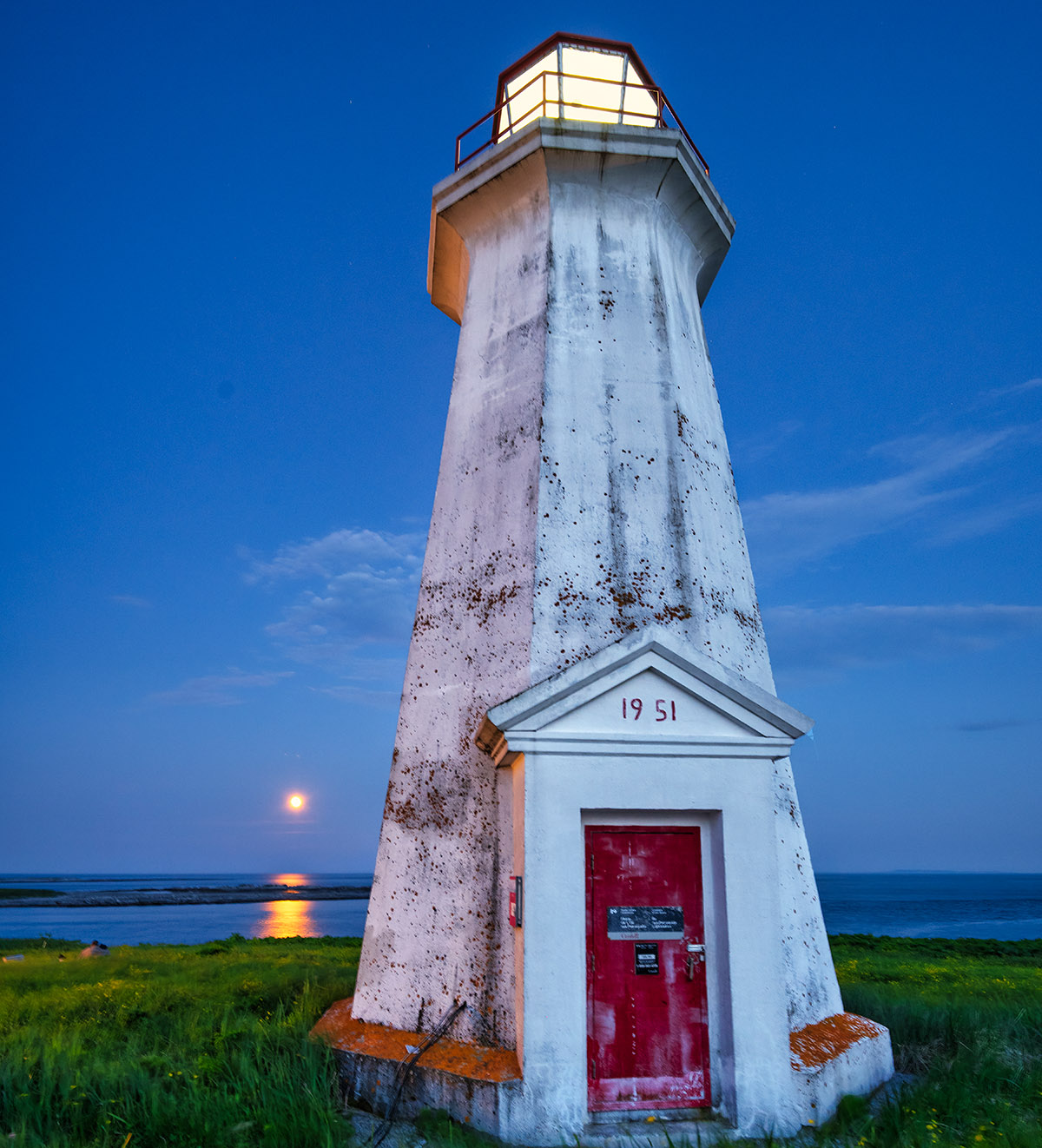
Getting to and staying at Île aux Perroquets
Boats leave from the town of Longue-Pointe-de-Mingan on the mainland, a bit over 800 kilometres northeast of Quebec City. Staying overnight on the island is usually a package deal which includes the boat trip to and from the island and all meals. Head cook Renée and her team did a stellar job of keeping us well fed.
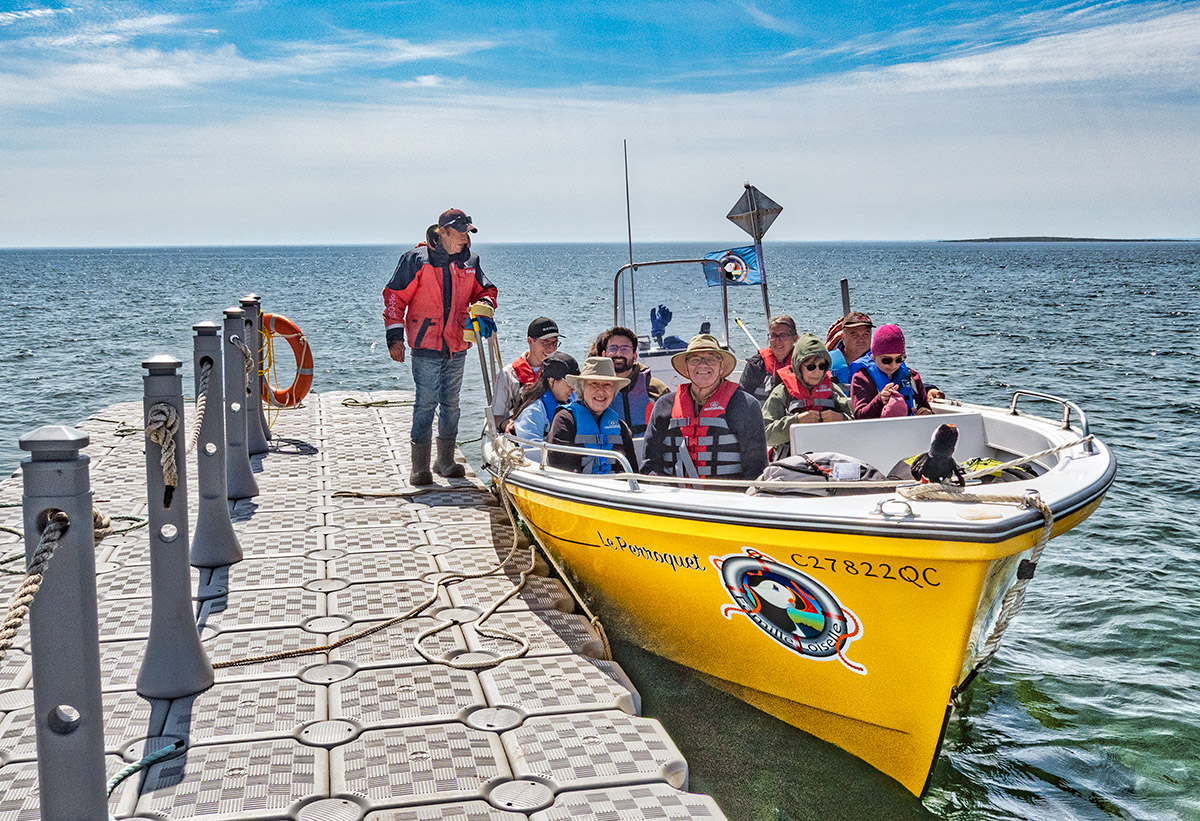
The Inn uses two historic buildings for guests, the former Lighthouse Keeper’s house, where meals are also served, and the Assistant Lighthouse Keeper’s house. Of the ten guests staying overnight during our visit, eight were part of an extended family group (they shared the bedrooms in the main house), and we had the entire spacious Assistant Lighthouse Keeper’s house to ourselves.
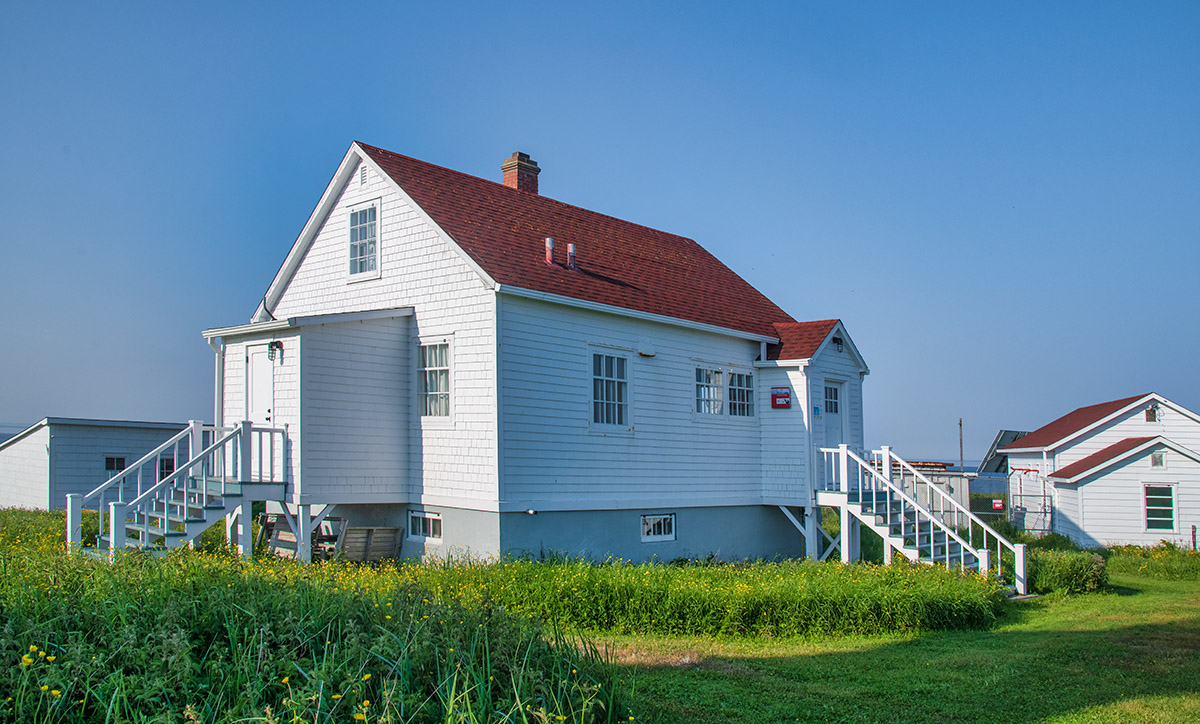
The foghorn building houses an exhibit on the history of the island, dating back to 1888 when the first lighthouse was built. The current one was built in 1951. It was a tough life for early lighthouse keepers who led an isolated life on the small, treeless island with no potable water. Before the 1950s, they even used rowboats to make the five-kilometre and occasionally treacherous crossing from the mainland..
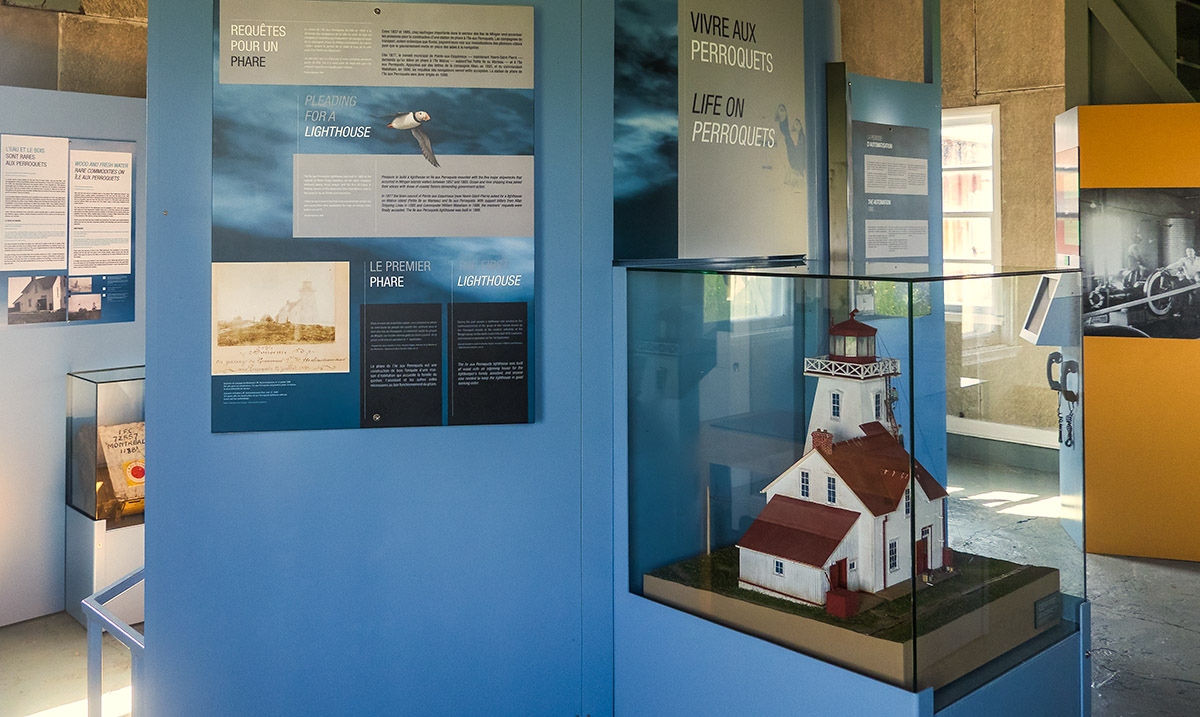
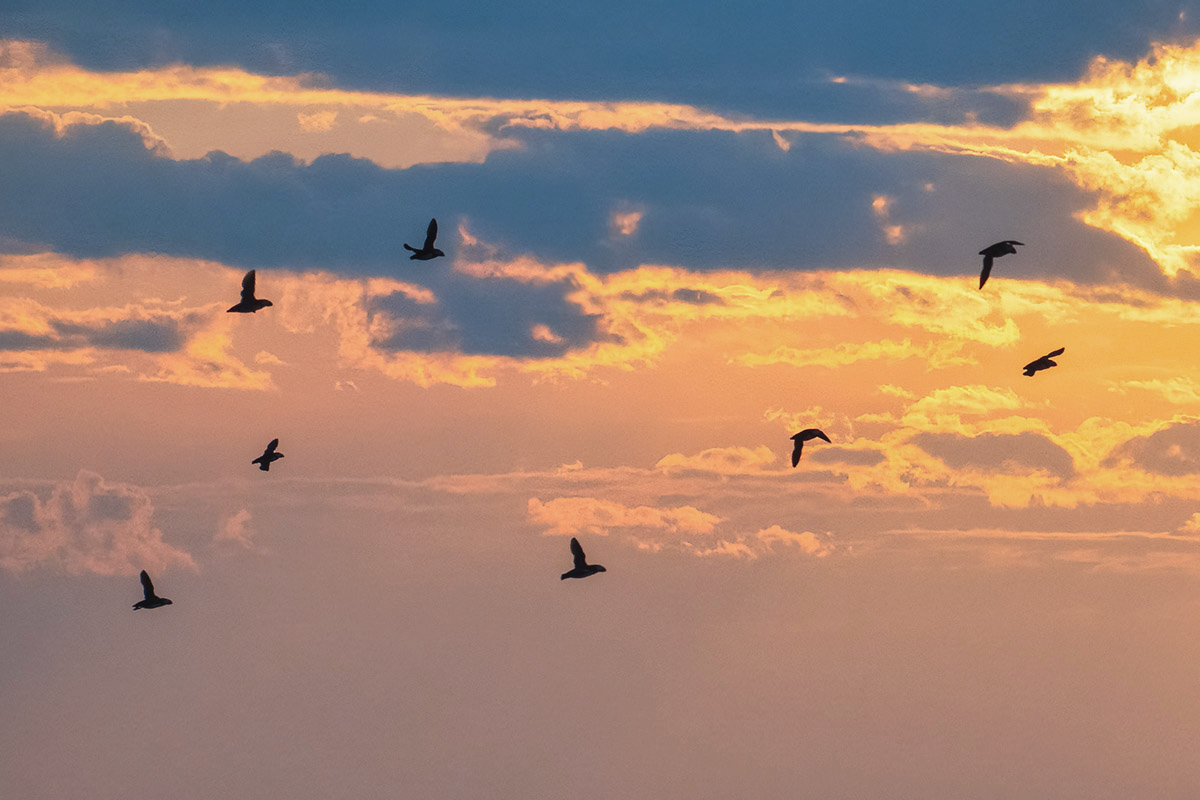
The former hen house has been put to new use, now a modern and comfortable sitting room with large windows overlooking the water. New guests are served a special welcome cocktail made from cranberries, maple syrup, and a local gin.
While watching and photographing the bird action ranks as the top activity, it’s a great spot to simply hang out and enjoy the experience of staying on this special island. Benches and chairs on the cliff tops invite you to linger and gaze out to sea or enjoy the sunset. During the day, the occasional tour boat came by for short visits, but in the evening, the ten of us and the small staff had the island to ourselves.
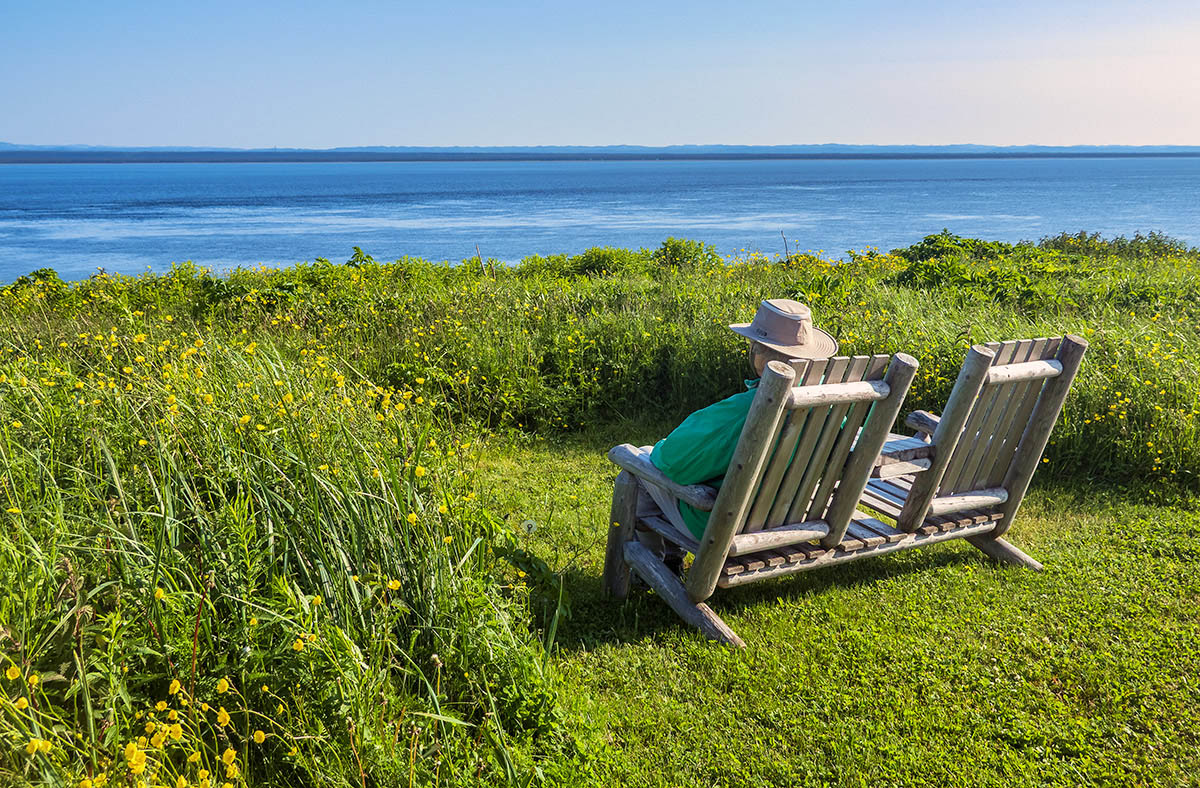
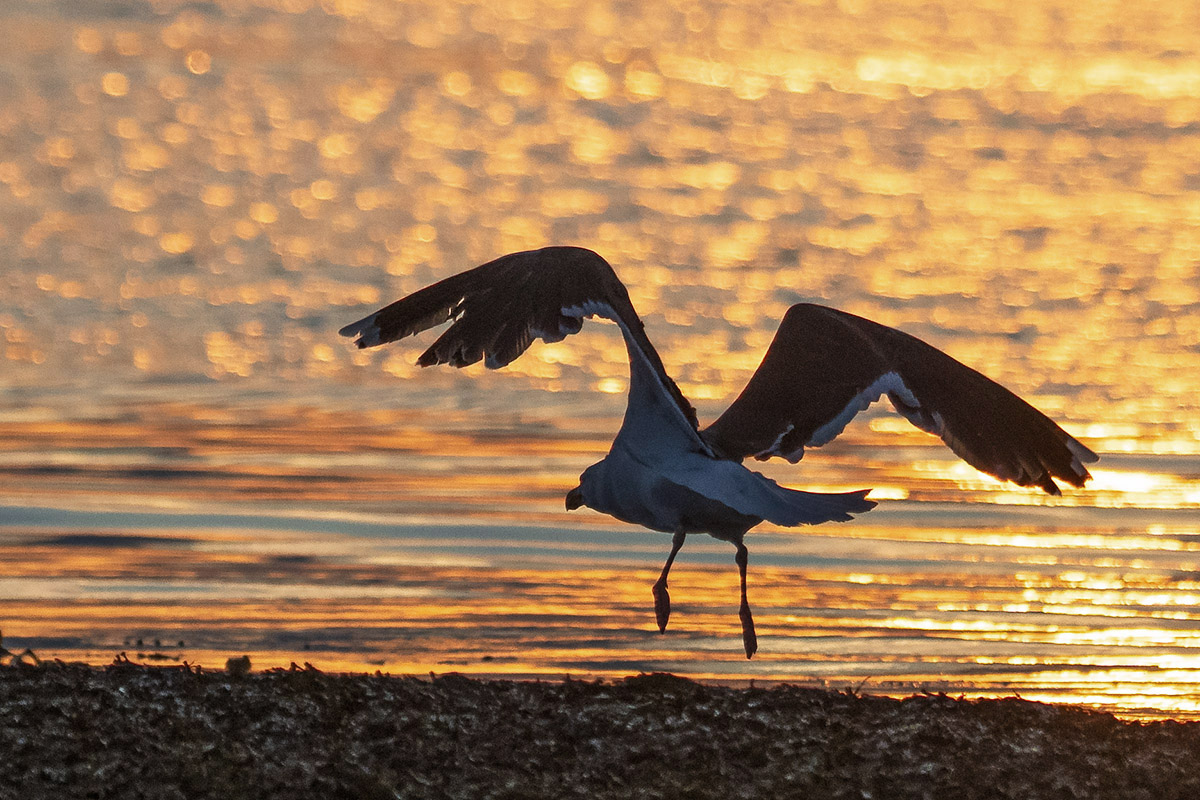
Optional day trip to the island
We have two options for visiting the island – staying overnight as we did, or doing a day trip excursion with companies such as La Famille Loiselle from Longue-Pointe-de-Mingan where you get about an hour on the island and an orientation by Parks Canada. If you opt for a day excursion, be sure to time your visit during high tide. When the tide is out, the puffins head out farther to deeper water, so there are a lot fewer on the island.
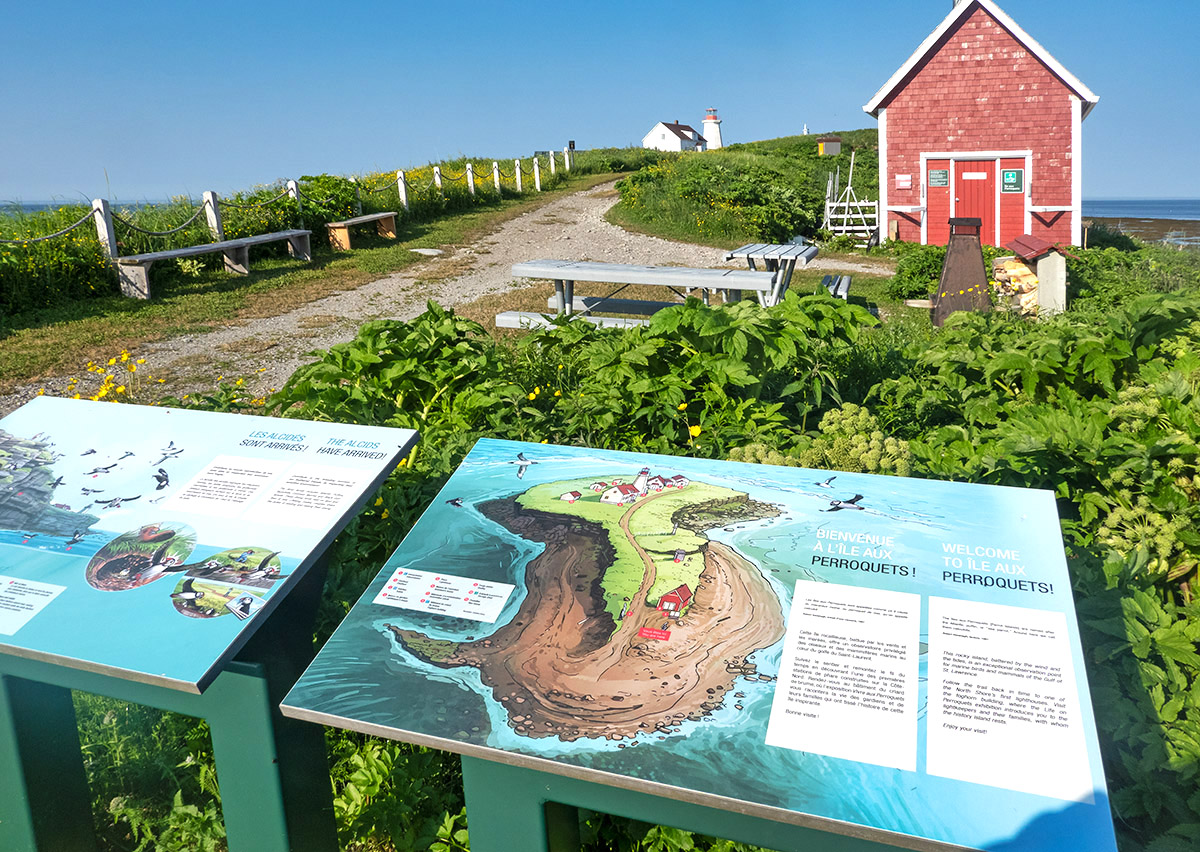
When to go
The Lighthouse Inn accepts guests from June 1 to Sept. 1 (based on the 2025 season). But if seeing puffins is a priority, late June and most of July are usually the best.
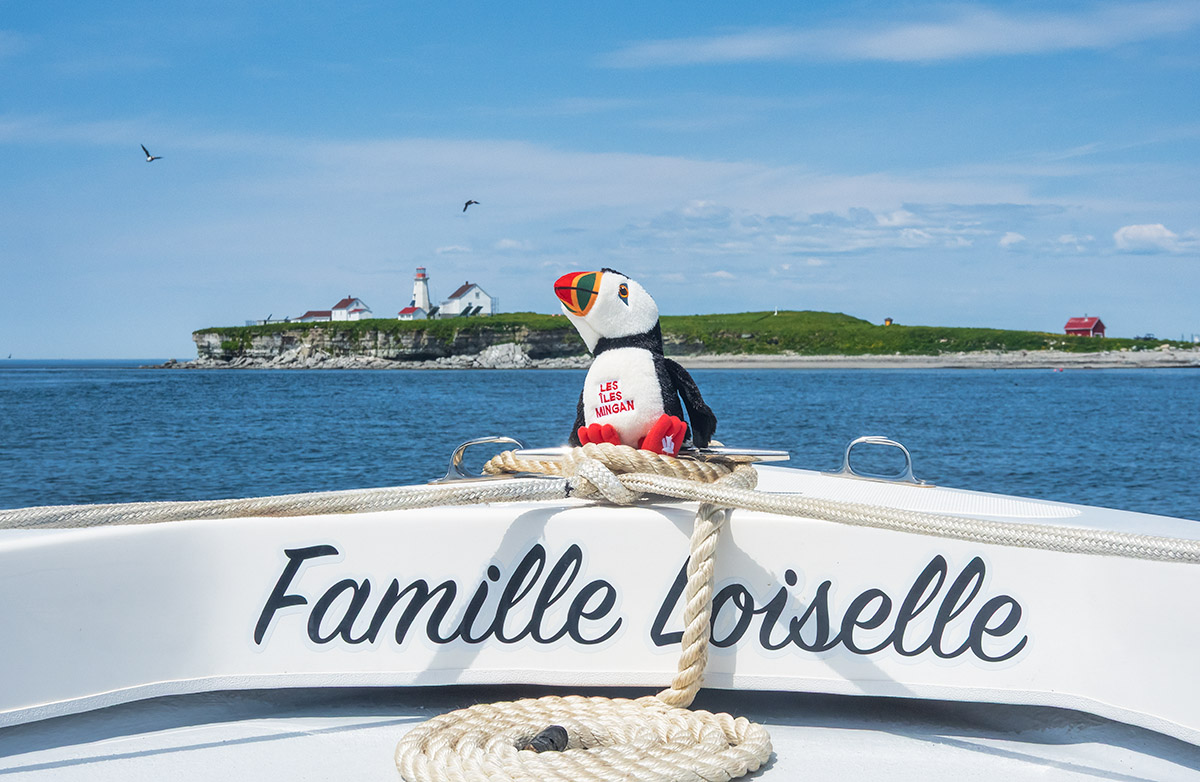
Resources
- Information on staying at the Lighthouse Inn.
- See the Parks Canada site for details on Mingan Archipelago National Park Reserve.
- For information on the many other attractions in this part of Quebec, see Quebec Maritime.
SUBSCRIBE to Photojourneys below
Feel free to PIN this article on a Lighthouse Stay with Puffins


